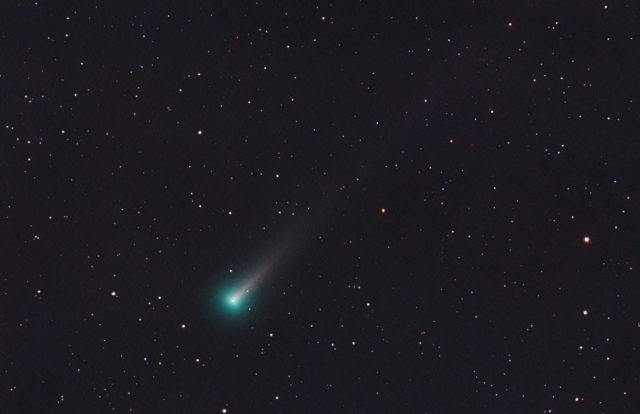
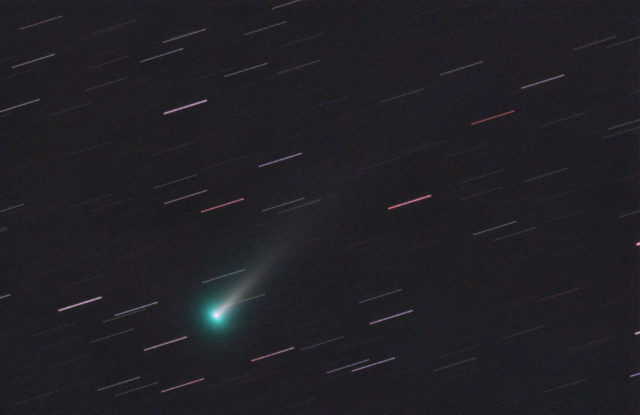
Comet Leonard is getting bigger and brighter. First clear weather since the lunar eclipse allowed me to get some new data on this guy.
I made a quick comparison image to show the size of the comet compared to the moon (simulated):
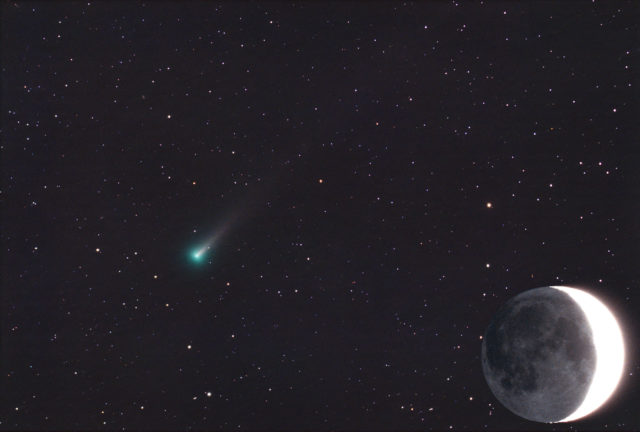


Comet Leonard is getting bigger and brighter. First clear weather since the lunar eclipse allowed me to get some new data on this guy.
I made a quick comparison image to show the size of the comet compared to the moon (simulated):

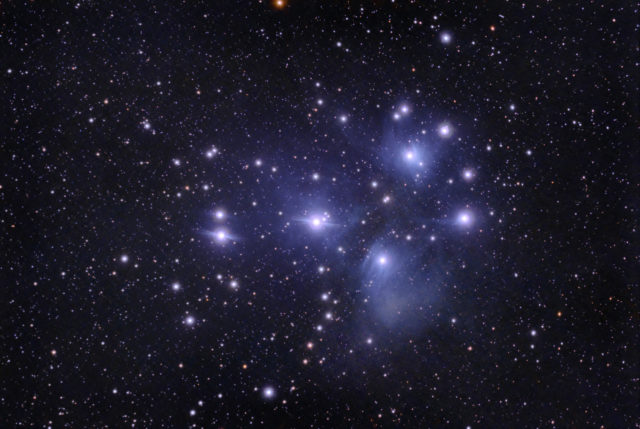
RegiStar let me combine two shots, one from Nov 2021 and one from Jan 2021, both taken with my QHY183c camera, but with two different telescopes. Both were from the same location – a very light polluted metro area, using a Baader UHC-S L-Booster filter.
I am pleased that the UHC-S filter has this much response to blue reflection nebula while keeping out the enormous amount of LP that I have to shoot through here in the city.
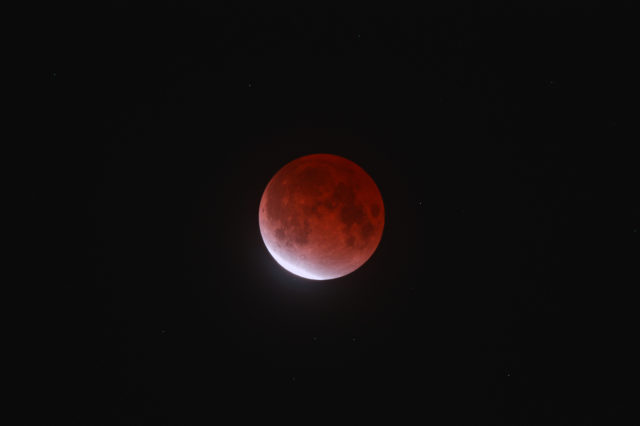
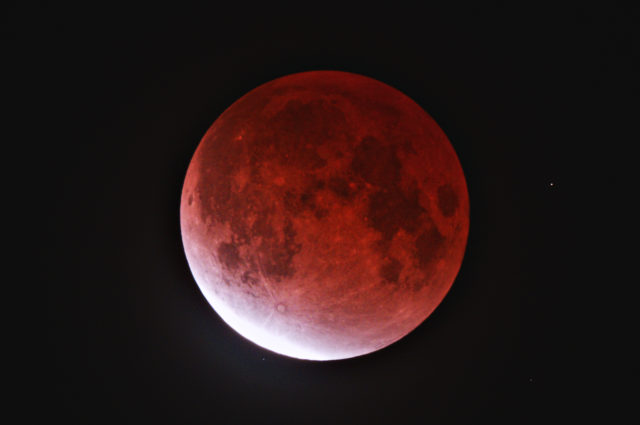
The lunar eclipse of Nov 19, 2019 was pretty good, considering it was only partial. I started imaging at 1:00 and didn’t stop until dawn. The two best images are above. The sequence below is exactly how they came out live in the field, so to speak.
BONUS:
Two comets, C/2021 A1 and 67P, just a quick look to see their progress from the last time. 67P appears to have faded a little and C/2021 A1 has gotten brighter.
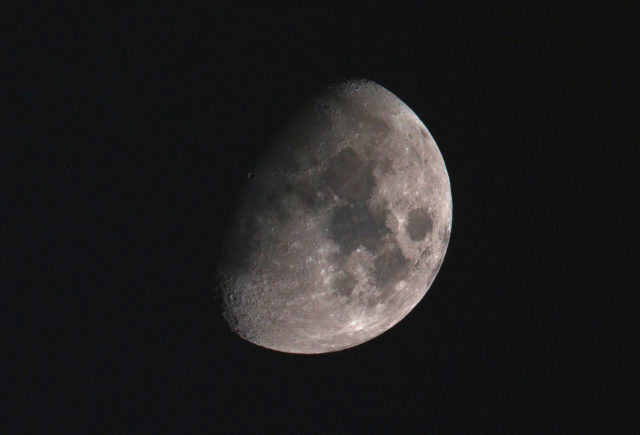
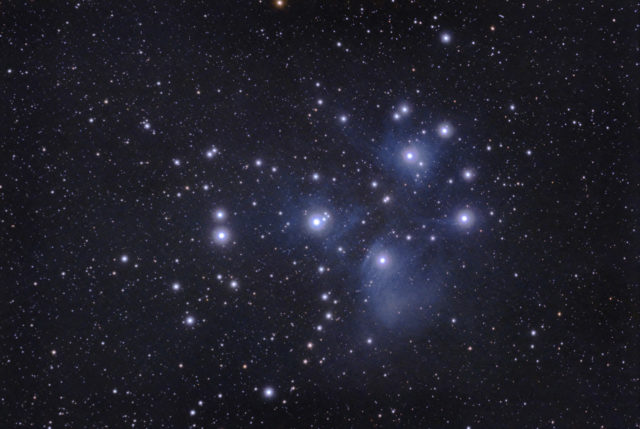
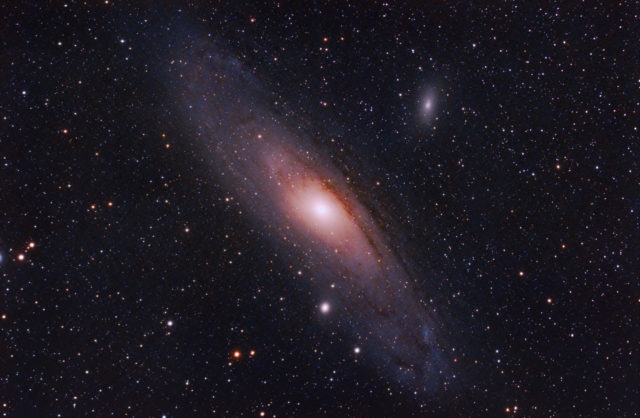
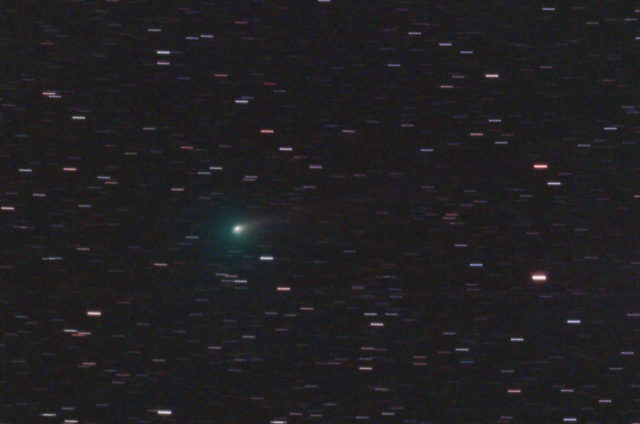
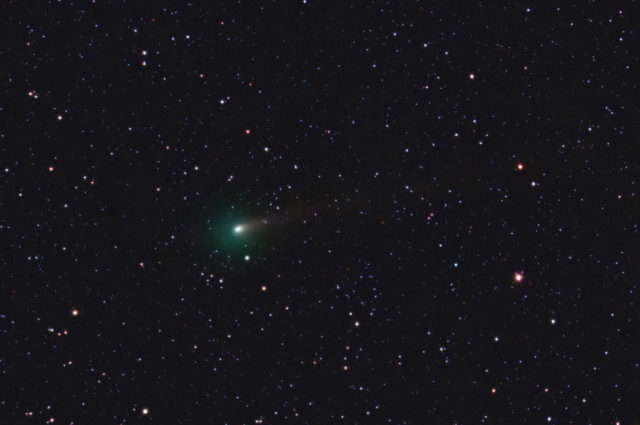
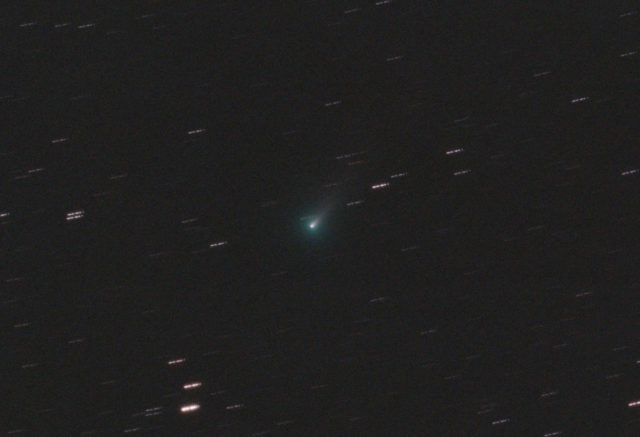
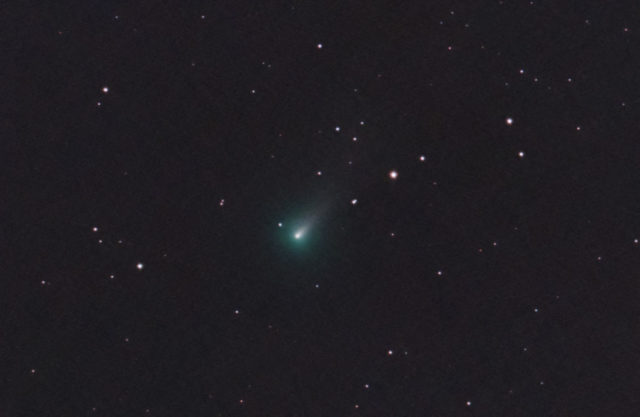
Great weather and very transparent skies for this session. I started out with the goal of getting two comets, but since they didn’t get into position until later, I started off with the Moon, then M45 and M31. I also shot Pickering’s Triangle, part of the Veil Nebula complex, but didn’t get enough subs to do it any justice.
The comets were small, but interesting with long tails instead of being just puff balls. 67P has a really long tail in images taken by others. I was glad to get as much as I got shooting from the middle of town with all the LP.
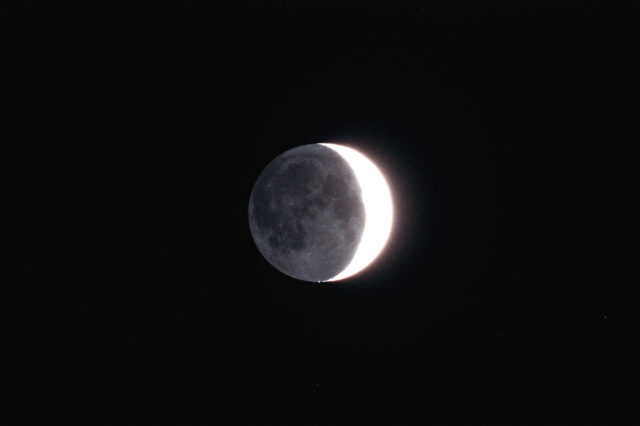
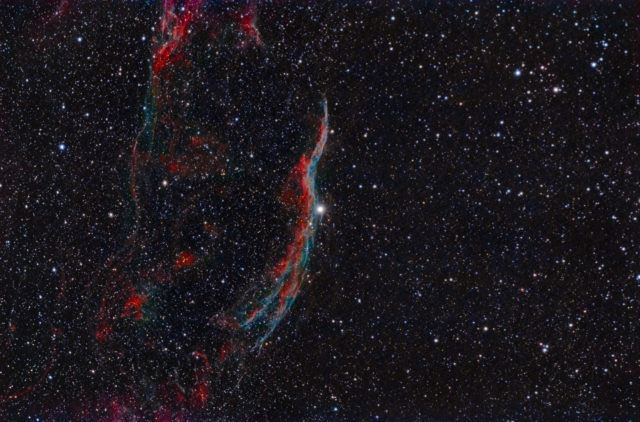
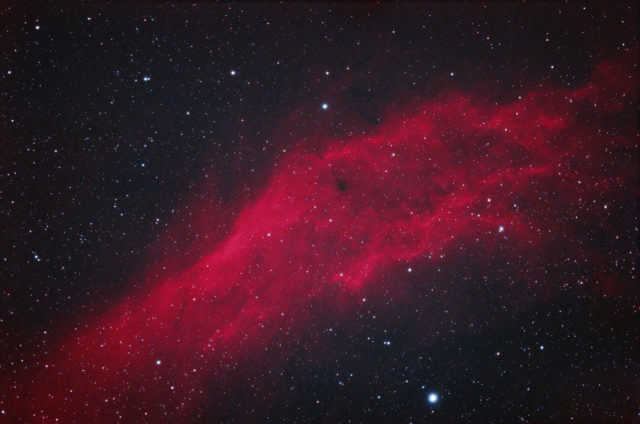
From last night, Sunday, Nov 7, 2021 local time.
I stayed out till almost 1:00 AM shooting this image of the California Nebula. It is 2.55 hours of 3 minute sub-images (51×180 sec) calibrated and stacked in SharpCap 3.2 LiveStacking. Taken with a QHY183c camera at -15C cooling, an Astro-Tech AT60ED at F/4.8 and an Optolong L-eNhance filter. Metro area location under heavy light pollution, but clear and transparent skies.
At the beginning of the session, the moon was beautiful next to Venus, but I could not fit them in the same field of view. So, I decided to catch the Earthshine before it got too low.
The Witch’s Broom was taken to kill time while waiting for the California Nebula to get into position.